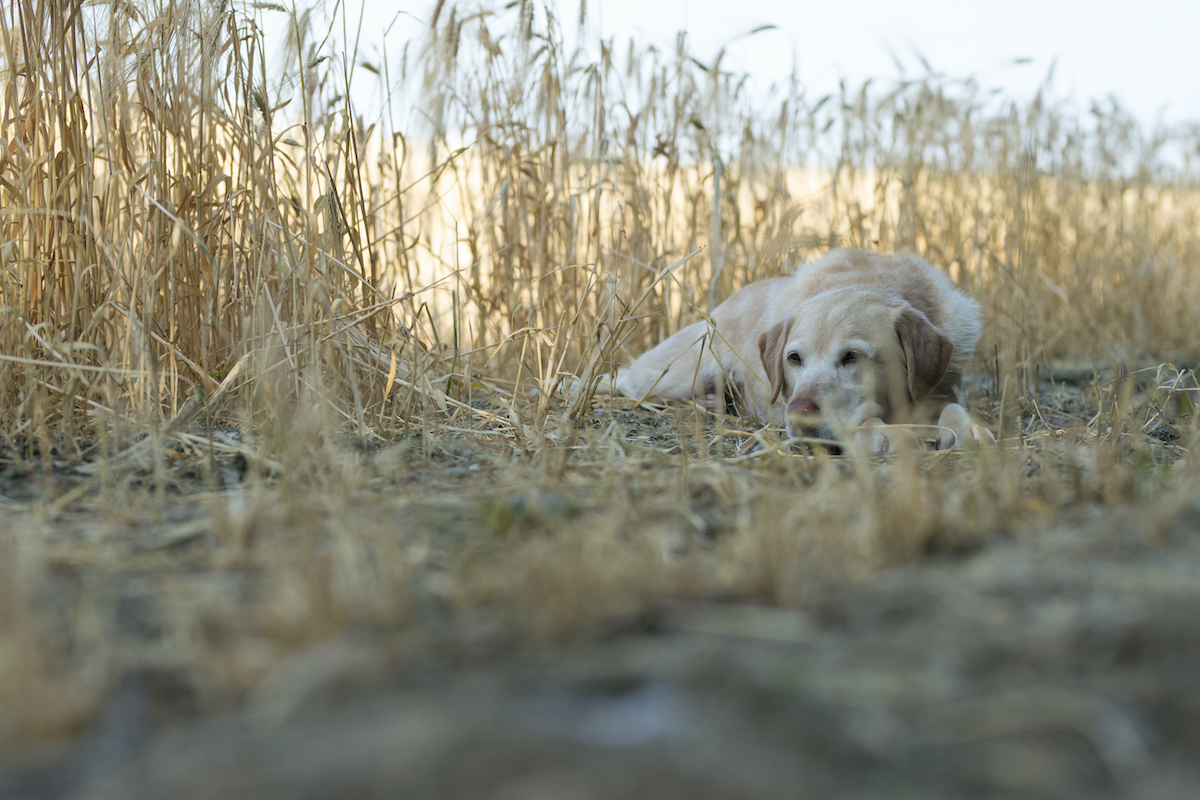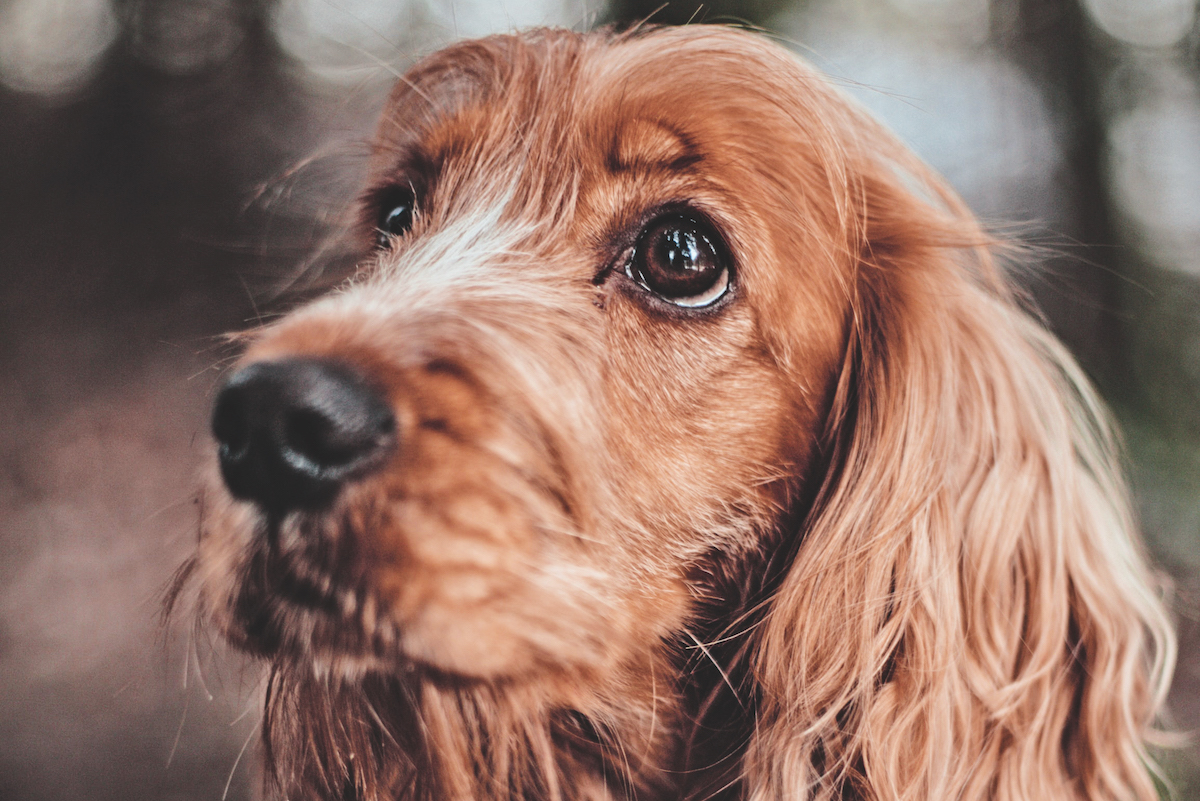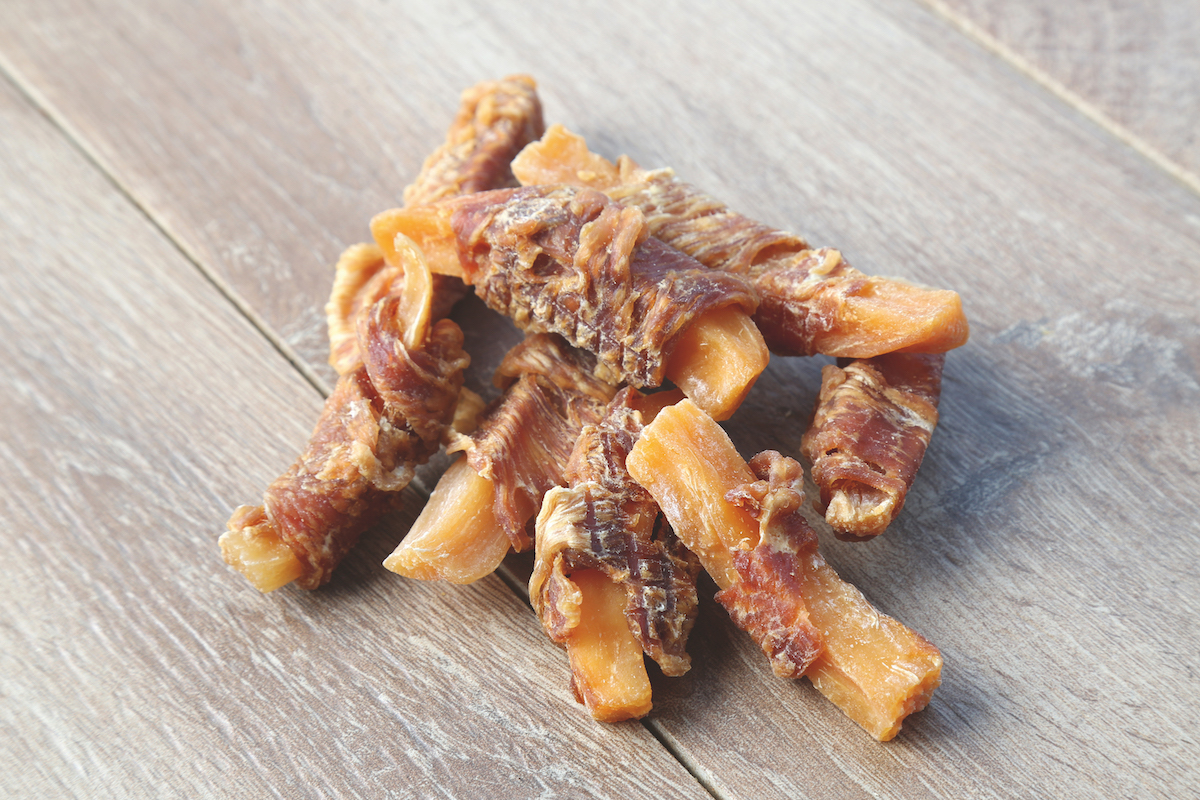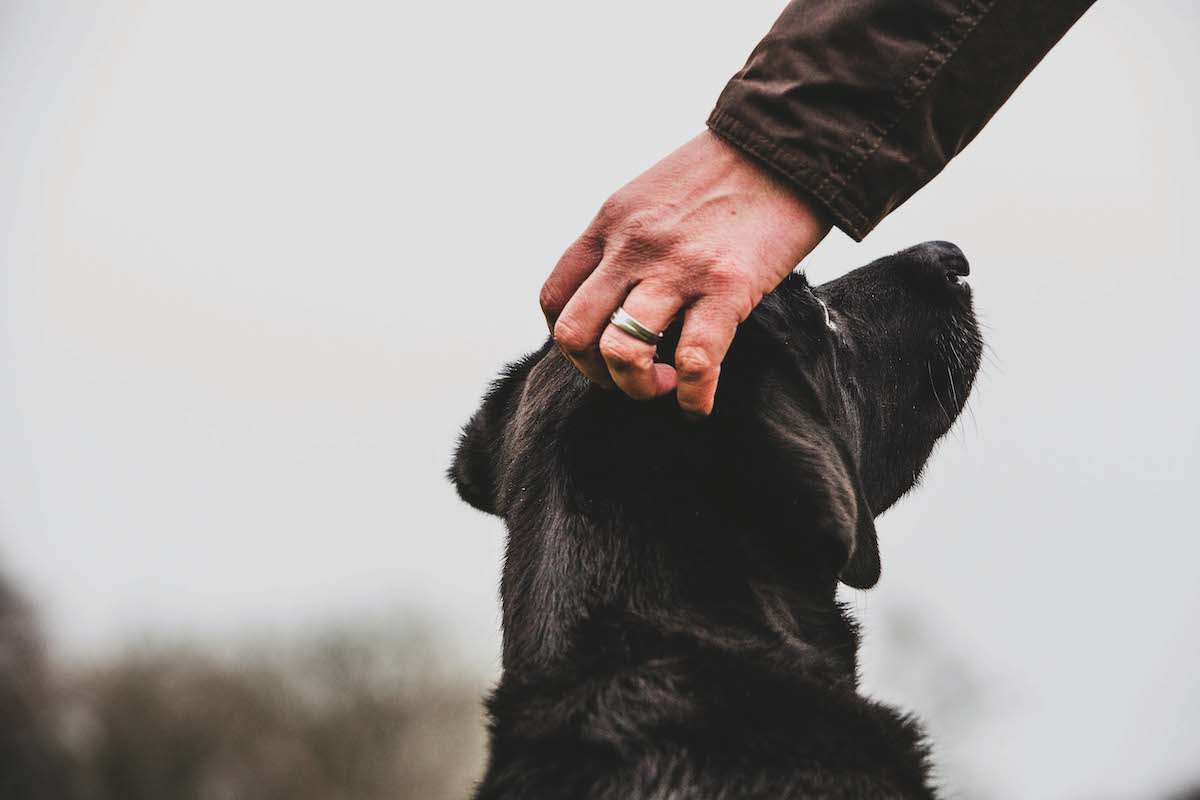Dog collapsing: what causes it and what should you do if it happens?
Vet Tony Buckwell offers sound useful advice

There are various causes for a dog collapsing and it’s upsetting to see. Prompt action is needed. So what should you do if you experience a dog collapsing? (Read best energy bars for dogs.)
Occasionally a dog will collapse during or immediately after strenuous exercise, particularly an excitable dog ‘given its head’ in the beating line. You may see some early warning signs of an imminent problem if the dog looks a little wobbly and spaced out, but some dogs may simply become weak and then literally fall over. (Read dog first aid you need to know.)
Breathing
If the dog has collapsed, make sure it is able to breathe easily; so extend the head and pull out the tongue to maintain a good airway. Then give the dog glucose or something equally sugary; ideally sprinkle glucose powder or smear glucose syrup or honey on the lips, gums and under the tongue. Glucose and similar sugars are absorbed from under the tongue and through the inner lining of the lips and mouth, so a boiled sweet in the dog’s mouth in contact with these surfaces will be sufficient to let the dog to absorb the sugar directly into its bloodstream. (Read how often and how much should I feed my dog?)
Keep the dog warm and wrap it up to prevent it from losing heat . Once the dog has recovered, try to see if it will eat something sugary or let it drink glucose or at least sugar mixed in water. The first time a dog suffers this condition, give it no further exercise until it has been checked by a vet. Most dogs can continue to be worked thereafter, but with precautions to prevent their blood-sugar levels dropping too far. Some dogs (particularly, but not exclusively, retriever breeds) suffer from a genetic disease called exercise induced collapse, which is more serious and generally renders them unsuitable as working gundogs. (Read hypothermia in dogs.)








